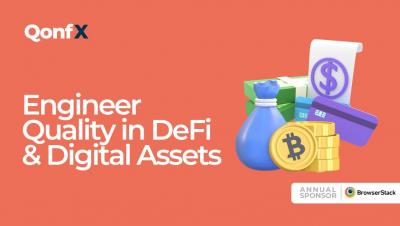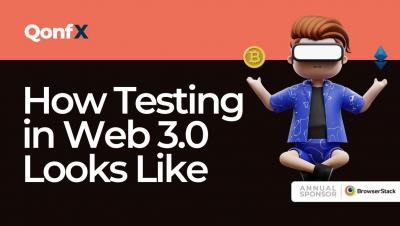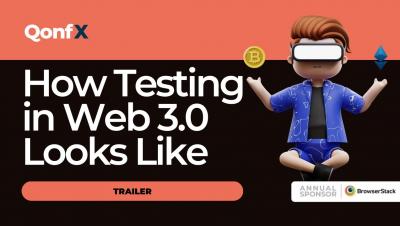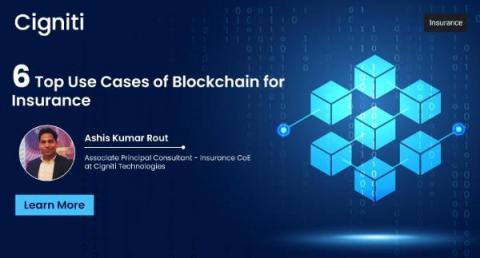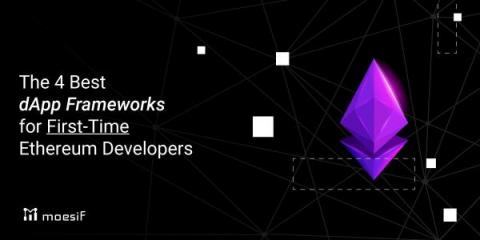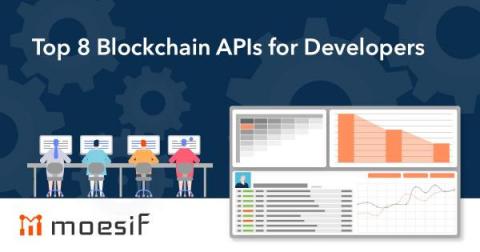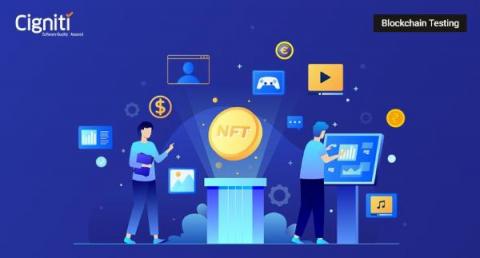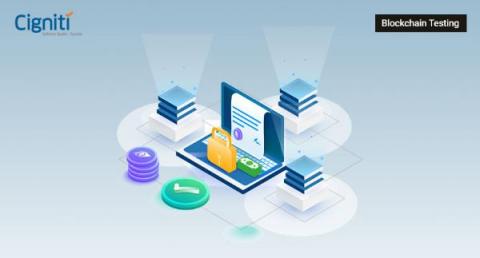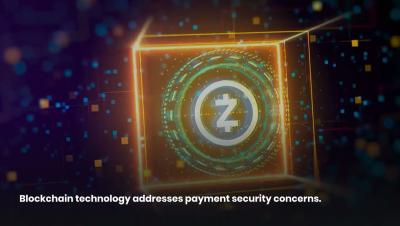Systems | Development | Analytics | API | Testing
Blockchain
Mukund Zalke Talks on Testing in Web 3.0 | QonfX | Teaser
Exploring The Future of Testing in Decentralized Technology | Mukund Zalke | Blockchain Fundamentals
6 Top Use Cases of Blockchain for Insurance
The insurance industry plays a vital role in protecting businesses and individuals against potential losses. However, with technological advancements, customers expect faster and more personalized services, leading to increased complexity and challenges for traditional insurance systems.
5 Key Considerations for Building DeFi APIs
Decentralized Finance (DeFi) is a financial service based on ledgers, just like the ones used by cryptocurrencies. In the U.S., DeFi technology challenges the current centralized finance system by empowering individuals to manage their own financial exchanges via a crypto wallet. Because decentralized finance eliminates fees from banks or other financial institutions, anyone with an internet connection can use DeFi.
The 4 Best dApp Frameworks for First-Time Ethereum Developers
Ethereum has experienced dazzling growth in recent years. The programmable blockchain now has approximately 220 million unique addresses. Linked to the increase in users is an explosion in the number of dApps. Global companies and startups across finance, sales, HR, accounting, supply chain and manufacturing are using dApps to streamline processes and onboard new customers. Multiple frameworks exist that simplify the dApp development process for web2 developers who want to participate in web3.
Top 8 Blockchain APIs for Developers
Developers are always looking for new ways to make their applications more secure and efficient. Blockchain APIs are one way to do this. A blockchain API is an application programming interface that allows developers to interact with a blockchain. By using a blockchain API, developers can access the data and functionality of a blockchain without having to build their own blockchain platform. This can save time and resources, as well as provide a more secure environment for development.
How NFTs are Reinventing the Digital World
One of the technological evolutions that has caught the attention in recent times is Non-Fungible Tokens (NFTs). It has been a phenomenon, with the values of some of the NFTs reaching astronomical heights. It remains to be seen whether this will be a bubble like the Tulip Mania or the Dot Com bubble, or whether it will mature into a viable technological option.
Reshaping Syndicated Lending - A DLT Use Case
Blockchain technology (within the broader distributed ledger umbrella) has received a lot of eyeballs over the last decade, moving beyond the admiration of niche cryptocurrency fanatics and into the mainstream conversation of experts and investors, especially in the banking and financial services space.


